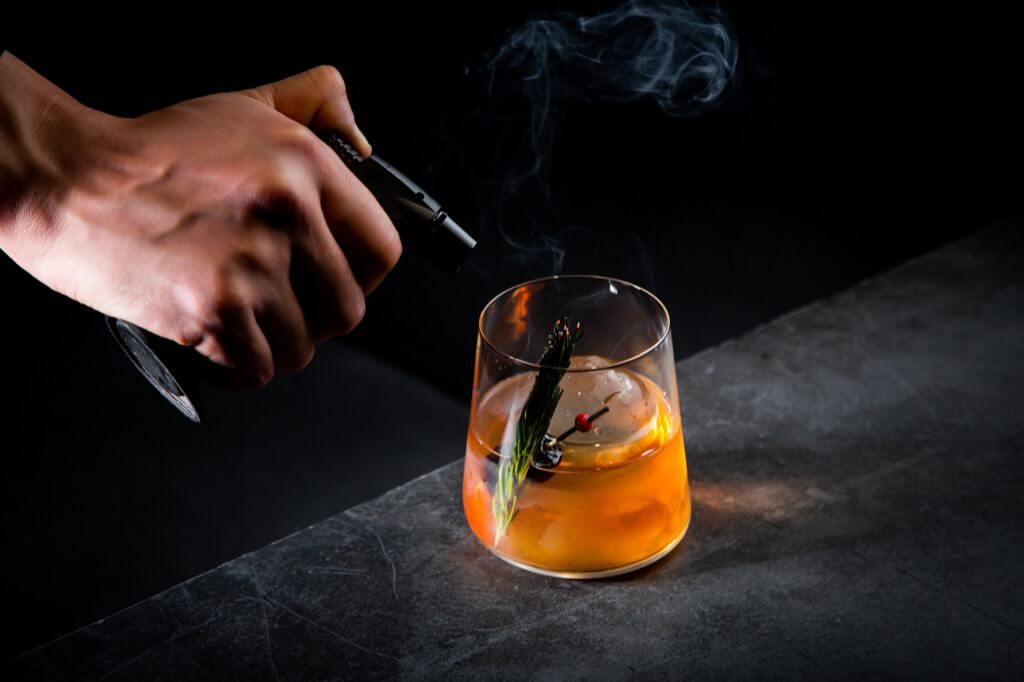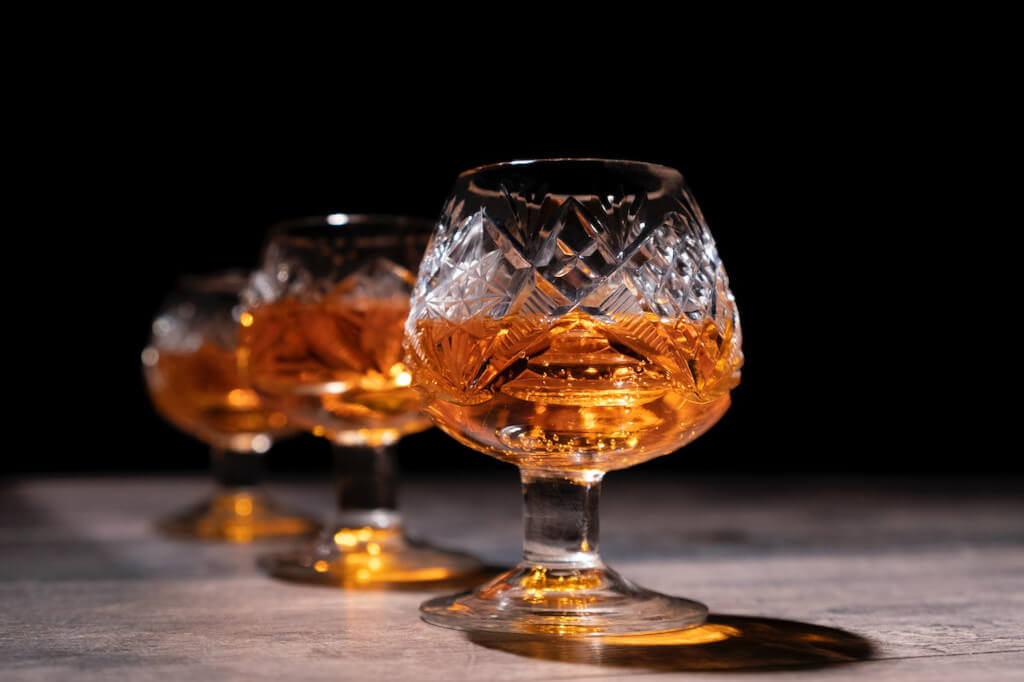Is It Necessary to Buy a Whiskey Glass?
Excellent whiskies are works of art that deserve recognition. Champagne is served in a flute, specialty glasses are used for high-end Belgian beers and martinis are consumed in their namesake glasses. Whiskey is the same way. Purchasing a fine glass elevates the experience. Maybe it’s Friday and you’ve worked hard all week and are deserving of a reward. Even better, when you’re sharing a dram with someone you care about.
They can have a dramatic effect on how well you can taste the whiskey and how much you enjoy the drinking experience. Whiskey should be appreciated for its aroma, flavor, and aftertaste. Smells enter the body through the nose. Whiskey’s flavor and how it feels in the mouth are referred to as its palate. The finish is the aftertaste and sensation that remain in the mouth and throat long after the last drop has been swallowed.
The Nose is a Particularly Effective Target for Whiskey Glasses
Whiskey’s ‘volatile components’ are the scents that are lost during the distillation process. The stronger the perfume, the more of these volatile elements your nose can detect. Therefore, whiskey glasses are designed with the top of the glass as a focal point to concentrate the spirit’s volatile components. This improves the whiskey’s scent and makes it easier to smell. Learn more about whiskey’s chemical composition by clicking here.
However, this is only the beginning of the impact. The sense of smell is integral to the enjoyment of eating and drinking. Simply put, if you can get a good whiff of an item before you eat or drink it, you’ll enjoy it more. Better noshing (or smelling) a whiskey will, therefore, improve your tasting experience.
Therefore, you should invest in a whiskey glass because doing so contributes to the enjoyment of an artisanal product, adds to the ritual of sipping a dram, and maximizes the whiskey’s aroma and flavor.
The Proper Way to Fill and Drink From a Glass Whiskey
Both the type of glass and how it is cleaned and polished are crucial. Here’s how to get your glass ready:
- After letting a shot of whiskey sit out at room temperature for a bit, jiggle the glass to let the liquor disperse.
- The last step is to pour the drink and wipe the rim of the glass.
Anatomy of a Whiskey Glass: What Makes It Unique?
You might be wondering why you can’t use a red Solo cup for your whiskey. Will it be the same in flavor? You have a lot to learn about whiskey, my dear newbie. You see, proper whiskey glasses highlight whiskey’s nuanced flavor. To help the whiskey breathe, some glasses have wide bases. The framework comprises the following:
- The Rim
- The Body
- The Stem
The rim of the glass is where you’ll pick up the faintest whiskey scents. Alcohol smells more intensely close to the nose when the rim’s diameter is small, but it spreads out into the air and away from the nose when the rim’s diameter is large.
Flavor and Scent Are Amplified by the Body
Bowl-shaped glasses that are both round and tapered are ideal for directing aromas to the nose. The most common choice is round glasses since they allow for swirling for aeration and hence concentrate scents. The stem, located at the base of the glass, makes it simple to swirl the contents. Longer stems are preferable for whiskey because they allow the drinker to obtain the proper swirl and keep their hands from covering their noses.
Whiskey Glasses: Their Many Forms and Functions
The Tulip-shaped Goblet, Often Known as the Copita-style Glass or the Dock Glass
The capital, a typical sherry sampler in Spain, served as inspiration for this vessel. It is now the whiskey of choice for master distillers, blenders, and serious whiskey drinkers around. Because it was originally used by merchants to smell wines and spirits while standing at docksides, the ‘dock’ glass got its name from that practice. Bowl form focuses fragrances through the slightly narrowed rim, while the long stem keeps the drinker’s hand (and its polluting odors) away from the nose. If you want to warm the spirit, all you have to do is cradle the glass. Overall, this is a vessel befitting the true connoisseur of single malt whiskey.
Whiskey in the Glencairn Glass
The Glencairn is a similar-looking but more sturdy vessel, the tulip glass, which is equally suited to appreciation. Stable thanks to its short, wide base, this glass is a favorite of stemless drinkers. The glass is also slightly thicker, making it better suited for group drinking. Due to its size, the Glencairn is an ideal glass for mastering the art of whiskey swirling, a technique employed to release the spirit’s full bouquet. Once again, a bowl shape directs scents toward the lip. This glass is the contemporary, less showy relative of the traditional tulip-shaped glass, and it is used exclusively for whiskey.
Whiskey Tumbler
Most people use a whiskey tumbler, often known as a rocks glass, old-fashioned glass, or lowball. The tumbler’s wide rim makes it less than ideal for nosing, but that’s not why you’d want to use it: it’s perfect for loading up with ice and your favorite whiskey, or any of the classic cocktails. Its wide, sturdy base is perfect for muddling ingredients for cocktails, and its minimalist form is a perfect complement to more straightforward drinks. A classic vessel for whiskey, essential for any connoisseur who wants to experience the full range of flavors whiskey has to offer.
The Highball
The taller sibling of the tumbler, this is the glass typically used for Scotch and soda, a simple but venerable whiskey cocktail. It’s big enough to hold a lot of ice, so you can enjoy a long drink with plenty of different flavors. Highballs are as common nowadays as whiskey and ginger ale or whiskey and lemonade, two other simple whiskey serves. They love it there in Japan. Highball glasses can be any shape, however, a Scotch and soda should not be served in a dimpled pint glass.
Whiskey Islay Tumbler from LSA
The glass has a premium weight to it. How magnificent! In my opinion, this just improves the enjoyment of a fine whiskey. Heavy bases are typical of old-fashioned tumblers. The problem with using these for neat whiskey is that the wide rim prevents the scents from being concentrated. Whiskey is best appreciated through the sense of smell, or fragrance.
In many ways, these glasses represent the best of both the Old Fashioned and the Glencairn worlds. They share the same round midsection and substantial foot of the Old Fashioned Glass. It’s a very impressive sensation. However, they taper down towards the rim like a Glencairn or other fine-tasting glass. The scents are concentrated in the nose thanks to the narrowed glass. Yes, other whiskies than Islay scotch can be used here as well.
With or Without a Stem?
After selecting glass for sampling, this is the next crucial issue to consider. Stemmed glasses and stemless glasses are the two main categories of whiskey-tasting glasses. Both have their advantages and it just comes down to personal preference. In a crowded bar, your more animated gesturing is more likely to cause stemless glasses to be knocked over. They are safer to wash and dry, making them a better option for people who drink at home.
On the other hand, stemmed glasses prevent you from touching the bowl with your fingers. You’ll be able to appreciate the whiskey’s nuanced hues more clearly this way, and you won’t have to worry about your fingers warming it. It’s also possible that one simply appeals to your sense of aesthetic superiority more. Some find the refined appearance of stemless glasses too fragile, while others appreciate it. As long as the glass has the characteristic tapering tulip shape, the stem is largely irrelevant





